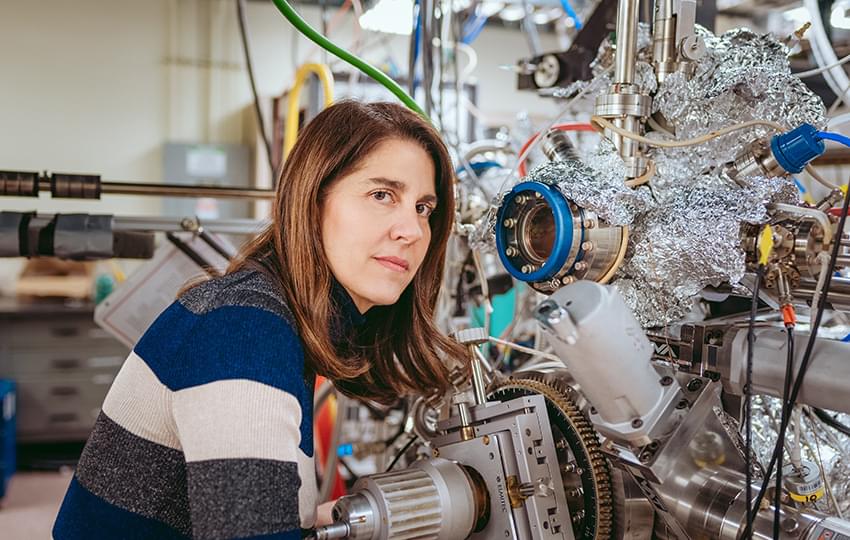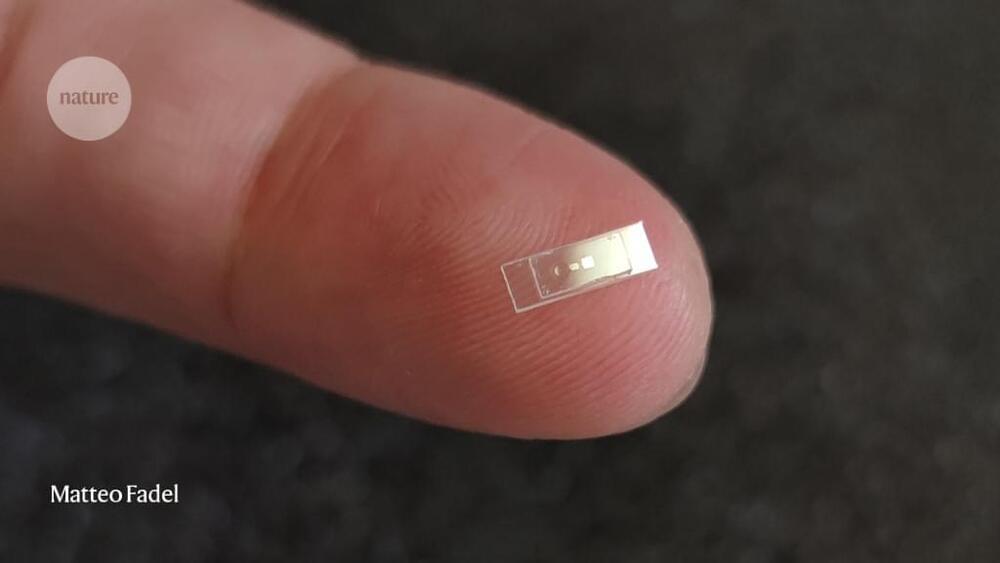Spotify CEO Daniel Ek discussed opportunities and concerns surrounding the integration of AI into the music platform, during its Q1 2023 earnings call.
With AI technology advancing rapidly, music industry players and streaming services face complex questions about copyright, ownership, and the balance between innovation and artist protection.
This was Spotify’s first earnings call following the removal of “Heart on My Sleeve,” an AI-generated track mimicking Drake and The Weeknd that racked up millions of plays on the platform.







